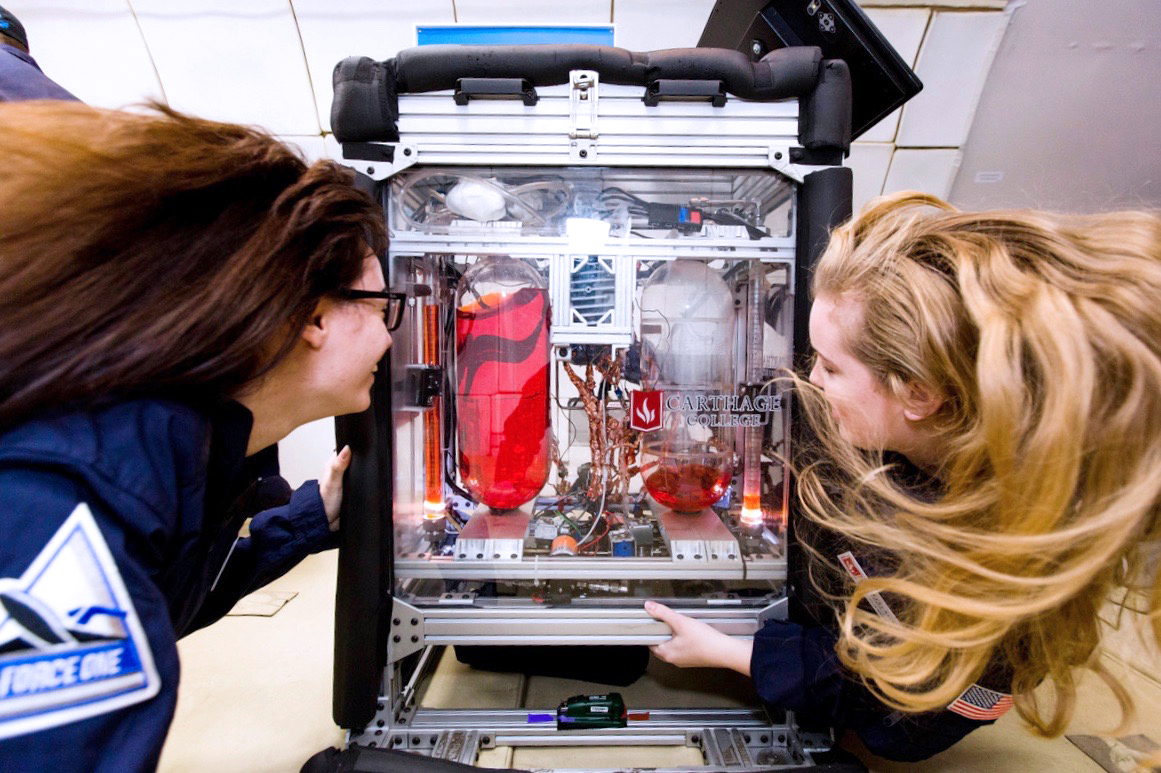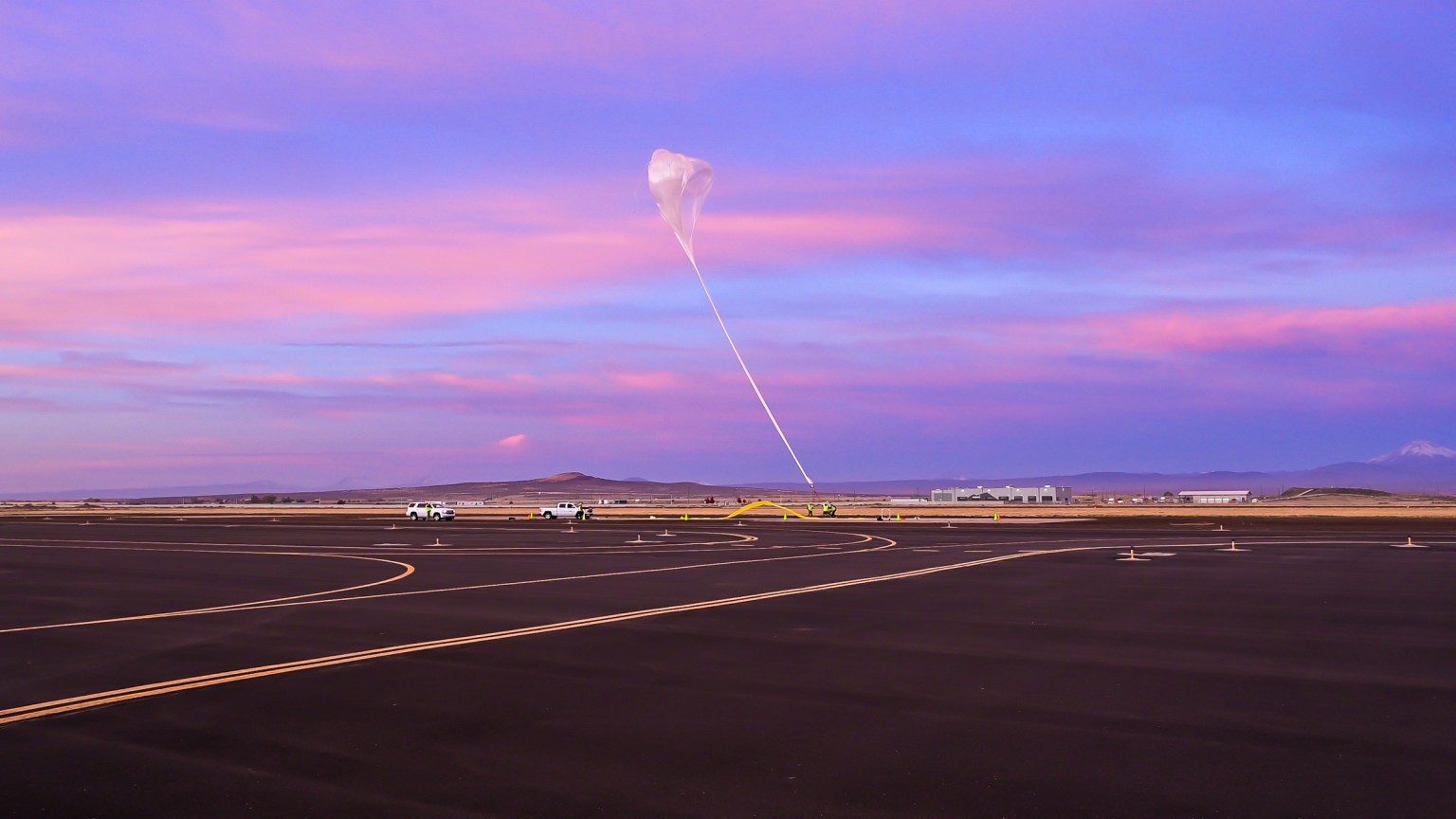NASA will need ultra-precise entry, descent and landing technology to land the first woman and next man safely on the Moon in 2024.
NASA is developing an advanced suite of sensors, avionics and algorithms to avoid hazards and perform extremely safe and precise landings on planetary surfaces. One of those critical landing technologies is navigation Doppler lidar (NDL), which is used to determine precise vehicle velocity and position.
The new NDL unit, being developed at NASA’s Langley Research Center in Hampton, Virginia, is comprised of a small electronics box connected by fiberoptic cables to three lenses that transmit laser beams to an anticipated distance greater than 4 miles on the Moon and 2.5 miles on Earth. Those beams reflect off the ground to help the sensor determine its speed, direction and altitude. NDL provides ultra-precise measurements that identify exactly how high a human or robotic lander is and how fast it is traveling.
“The lander uses the NDL measurements during its descent toward the Moon surface to precisely and gently land at the designated location,” said Farzin Amzajerdian, the NDL principal investigator.
Engineers at NASA recently tested the performance of NDL’s velocity measurement capability during a high-speed rocket sled test at the Naval Air Weapons Station China Lake in Kern, County, California. The objective of the testing was to validate NDL’s ability to accurately track the speed of a target moving at 450 miles per hour. The target is put on a sled and launched down a track while NDL measures its distance and velocity.
The tests were a part of the Safe & Precise Landing – Integrated Capabilities Evolution (SPLICE) project, developing the perfect combination of technologies needed to more precisely land on planetary surfaces. SPLICE technologies will be infused into Commercial Lunar Payload Services (CLPS) missions within the next few years, with NDL providing instruments for both the Astrobotic and Intuitive Machines lander missions planned for 2021.
During the series of tests, NDL telescopes were fixed to a stationary mount that picked up range and speed of a sled powered by rocket motors that traveled down a rail track at 450 miles per hour. The NDL unit documented accurate speed and range measurements of the sled during each of the eight tests and validated the targeted NDL design performance.
“This recent test validates the NDL’s ability to provide extremely accurate velocity measurements during descent and landing, which is a part of critical testing required to validate all of the SPLICE technologies for future NASA missions,” said John Carson, principal investigator for SPLICE.
The major components of SPLICE, along with NDL, are a camera for terrain relative navigation, a hazard detection lidar, and a descent and landing computer that incorporates a surrogate for the in-development NASA high-performance spaceflight computing (HPSC) processor.
The SPLICE suite of sensors and algorithms use real-time images and 3D-generated maps to precisely navigate during descent and landing toward safe touchdown locations in close proximity to targeted planetary surface locations. The NASA HPSC chip enables SPLICE computing to rapidly process high volumes of data with complex algorithms that determine precise navigation information, intelligent guidance maneuvers, and the safest landing sites for future missions.
The HPSC processor architecture provides roughly 100 times the computational capacity of current space flight processors for the same amount of power. The chip also offers greater flexibility, extensibility and interoperability than current processors.
A test of the terrain-relative navigation capability to capture and compare real-time images with known maps of surface features is planned for late 2019 through NASA’s Flight Opportunities program which is managed at NASA’s Armstrong Flight Research Center in Edwards, California.
SPLICE’s advanced sensing, computing and algorithm technologies will enable safe and precise landing for future NASA missions.
Charged with returning astronauts to the Moon within five years, NASA’s Artemis lunar exploration plans are based on a two-phase approach: the first is focused on speed – landing astronauts on the Moon by 2024 – while the second will establish a sustained human presence on and around the Moon by 2028. We will use what we learn on the Moon to prepare to send astronauts to Mars. The technology missions on this launch will advance a variety of future exploration missions.
Hillary Smith
NASA’s Langley Research Center






























